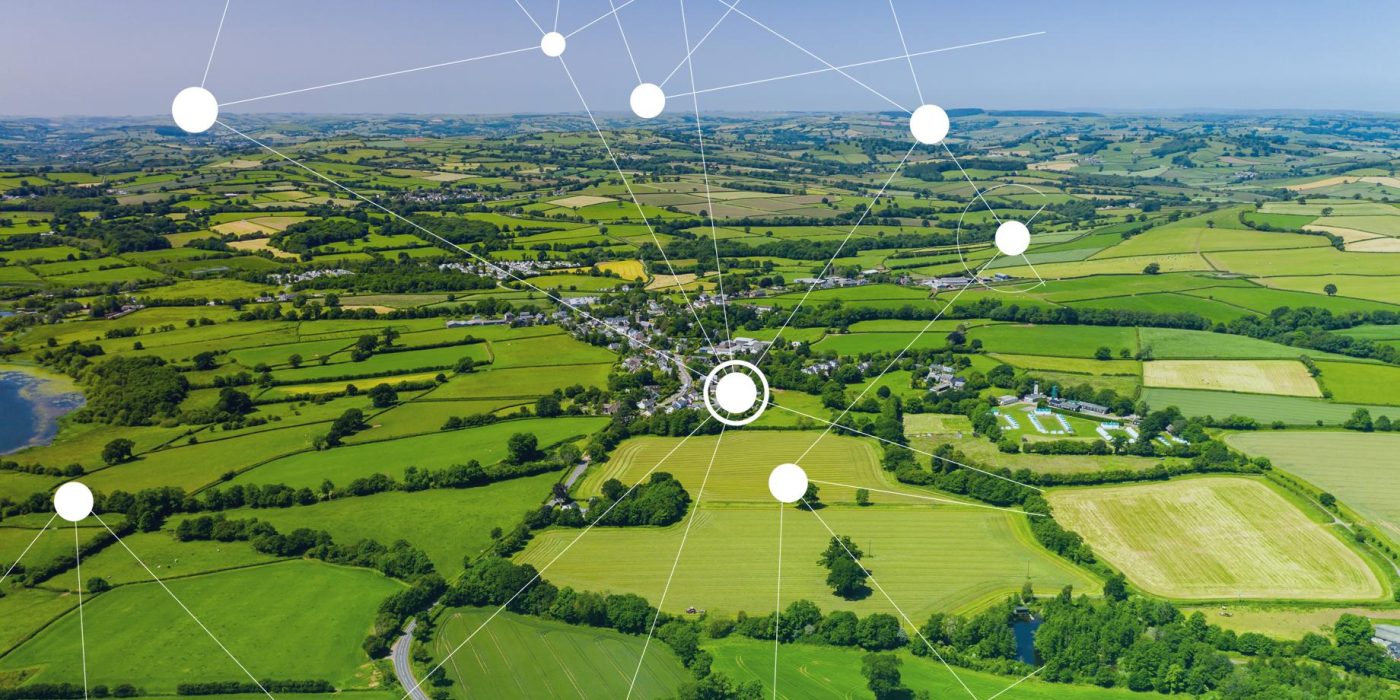The UK government has recently released a paper titled “Rural Mobile Coverage in the UK: Not-spots and Partial Not-spots,” shedding light on the persistent challenges faced by rural communities in accessing mobile networks. The document underscores the existence of areas where mobile coverage is either non-existent (not-spots) or significantly deficient (partial not-spots). This article explores the key findings of the government paper and delves into potential solutions to bridge the digital divide in rural areas.
Understanding Not-Spots and Partial Not-Spots
Not-spots are geographical areas where mobile coverage is absent, leaving residents and businesses without access to vital communication services. Partial not-spots, on the other hand, indicate regions with suboptimal coverage, where users experience unreliable or weak signals. These challenges in rural mobile coverage contribute to isolation, hinder economic development, and impede emergency response capabilities.
Key Findings of the Government Paper
The government paper highlights several key findings that underscore the severity of the issue:
- Geographic Disparities: Rural regions, particularly in remote and hilly areas, face significant challenges in establishing robust mobile coverage. The topography and sparse population density in these areas make it economically unviable for mobile operators to invest in infrastructure.
- Impact on Businesses: Limited mobile connectivity adversely affects businesses in rural areas, hindering their ability to compete on a national and global scale. In an increasingly digital economy, businesses without reliable mobile coverage face obstacles in day-to-day operations, customer interaction, and online transactions.
- Emergency Services Challenges: In not-spots and partial not-spots, emergency services struggle to provide timely assistance. The lack of reliable mobile connectivity can lead to delays in responding to accidents, medical emergencies, or natural disasters, posing a threat to public safety.
- Quality of Life Issues: Residents of rural areas in not-spots and partial not-spots experience a diminished quality of life. Limited connectivity affects social interactions, access to educational resources, and the overall well-being of communities.
Addressing the Challenge: Proposed Solutions
To tackle the issue of rural mobile coverage, the government paper outlines a multifaceted approach:
- Infrastructure Investment: The government aims to incentivize mobile operators to invest in expanding their infrastructure in rural areas. This may involve financial incentives, regulatory support, or partnerships between public and private entities.
- Technology Upgrades: Embracing emerging technologies such as 5G and satellite connectivity can significantly improve mobile coverage in challenging terrains. The government is exploring ways to promote the deployment of advanced technologies in rural settings.
- Community Engagement: Local communities are encouraged to actively participate in finding solutions. This includes facilitating discussions with residents, businesses, and local authorities to identify specific challenges and work collaboratively on viable solutions.
- Regulatory Reforms: The government is considering regulatory changes to streamline the process of deploying mobile infrastructure in rural areas. This may involve simplifying planning permissions and reducing bureaucratic hurdles for operators.
Conclusion
The UK government’s paper on rural mobile coverage shines a light on the digital divide that persists in many remote areas. As technology continues to play a crucial role in various aspects of life, addressing these not-spots and partial not-spots is imperative for fostering economic growth, ensuring public safety, and enhancing the overall quality of life in rural communities. The proposed solutions underscore a commitment to collaboration between government, industry, and local communities, signaling a step toward a more connected and inclusive future for all.
